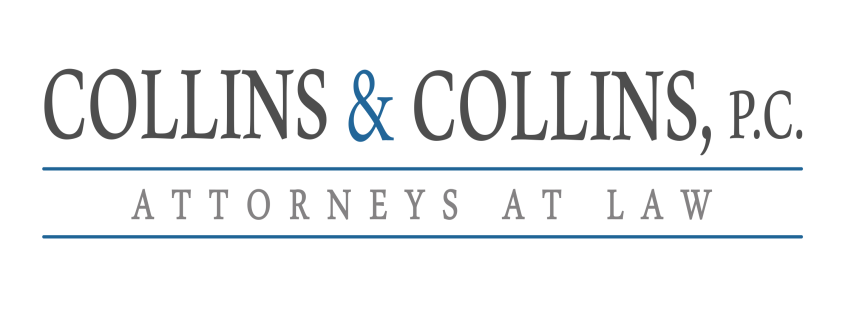According to the White House‘s Office of National Drug Control Policy (ONDCP), prescription drug abuse has become an epidemic in America.
What is prescription drug abuse? The National Institute on Drug Abuse defines prescription drug abuse as “the use of a medication without a prescription, in a way other than prescribed, or for the experience or feelings elicited.”
While the Centers for Disease Control (CDC) has noted an increase in the use of some illegal drugs such as cocaine, the majority of first-time drug users actually begin “by using a prescription drug non-medically.” In fact, statistics show that treatment admissions, emergency room visits, and overdose deaths related to prescription painkillers have increased steadily across the past decade surpassing that of illegal drugs.
Who is Most Susceptible to Prescription Drug Abuse?
Specific data from the National Survey on Drug Use and Health (NSDUH) shows that teens are particularly susceptible to prescription drug abuse. They tend to believe that prescriptions drugs are safer to use than “illicit drugs,” such as marijuana or cocaine, since they‘ve been “prescribed by a healthcare professional” and “dispensed by a pharmacist.”
But teens aren‘t the only ones who begin abusing prescription drugs. Older adults who take prescription drugs to relieve chronic pain can also abuse these substances. Frequently, these users never intended to become addicted to prescription painkillers, but after years of use, it can be hard to stop.
This “largely unrecognized epidemic” leads to more than 26,000 fatal overdoses per year, according to a report from the CDC. In fact, Robert DuPont, the former director of the National Institute on Drug Abuse, described prescription drug abuse as “the biggest and fastest-growing part of America‘s drug problem.” While illegal narcotics such as heroin and cocaine used to have the highest rates of overdose and death, the fatalities associated with prescription painkillers have exceeded those of both heroin and cocaine.
What Kinds of Drugs Are Most Commonly Abused?
The National Institute on Drug Abuse, which seeks to provide “the science of drug abuse and addiction,” provides a fact sheet for some of the most commonly abused prescription drugs. These include:
- Opioids, which are typically prescribed to treat pain
- Central nervous system depressant, typically used for treating anxiety and sleep disorders
- Stimulants, most often used to treat attention deficit hyperactivity disorder (ADHD)
Is Medical Negligence to Blame?
Many experts blame the rise in prescription drug abuse on medical professionals and pharmaceutical sales. According to the chair of anesthesiology at the University of North Carolina Hospital, there are ample supplies of prescription drugs available, and “they‘re relatively easy to get.”
An addiction specialist at the same hospital indicated that physicians are more willing to prescribe the prescription painkillers described above than they were in previous decades. The same appears to hold true for the over-prescription of ADHD drugs.
There can be a fine line between legitimate and responsible prescription of medications to patients for pain, ADHD, sleep disorders and the like. However, there are some practices that are simply unacceptable and dangerous.
It will not always be easy to tell the difference. After all, doctors cannot be held responsible for every negligent or reckless act of their patients. On the other hand, when these propensities for abuse are or should be obvious to the doctor, then failure to take appropriate precautions to protect the patient is unacceptable and may give rise to a medical malpractice claim.
If you or a loved one has been harmed by prescription drug abuse, it is important to speak to an attorney right away to help determine if medical negligence was to blame. Keep in mind that there are strict deadlines associated with medical malpractice claims. Missing a deadline will bar your claims completely.
Related Reading:
The High Costs of Medical Errors on the Healthcare System
Hospital Medication Errors More Common Than One Might Think
Medical Malpractice Claims Raise Unique Statute of Limitations Issues
